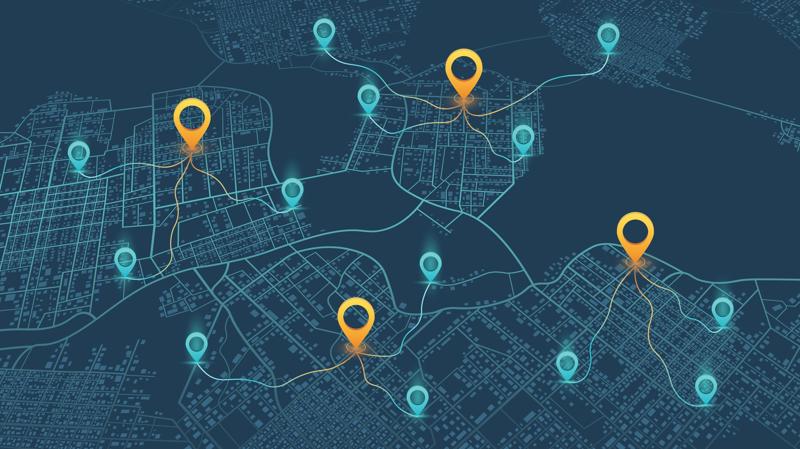Educators, students, and families can check out the following Web links for further information and tips about how best to prepare for careers and apply to colleges and universities.
ACT Assessment
www.act.org/aap
The ACT Assessment, described on its Web site as "the most widely accepted college entrance exam," will offer an optional writing test for prospective college students starting in February 2005. Details about this part of the ACT can be found in a student FAQ located under the link for the Writing Test Option.American School Counselor Association (ASCA)
www.schoolcounselor.org
Go to the ASCA site to learn how counselors help students achieve academic and personal goals. The ASCA National Model: A Framework for School Counseling Programs outlines the elements of a comprehensive counseling program that can benefit all students who use it. In the For Parents section, find examples of typical developmental issues and career needs for students from elementary school through high school. It also offers tips for parents to help guide their children in good work habits, decision making, and awareness of job details.College Board: Connect to College Success
www.collegeboard.com
Educators, students, and families can find information geared for each category at the College Board, developer of the Scholastic Assessment Test (SAT). Go to this site to find the latest information about the new SAT that will include a written essay starting in March 2005. Information about Advanced Placement programs can also be found at the College Board site.Historically Black Colleges and Universities
www.smart.net/~pope/hbcu/hbculist.htm
This alphabetical list provides links to historically black colleges and universities, among them well-known institutions like Tuskegee University, Spelman College, and Wilberforce University, the oldest private, historically black university in the United States.National Center for Public Policy and Higher Education
www.highereducation.org
The National Center for Public Policy and Higher Education promotes public policies that widen opportunities for high school graduates to enter college or get other types of professional training. Read Measuring Up 2004, which includes national and state-by-state report cards that rate college access using a variety of indicators, including preparation and participation. A search function allows comparison of these national and state measures across 10 years. The National Crosstalk section offers feature articles highlighting practices at colleges and universities around the nation that help students gain access to higher education.National Association for College Admission Counseling (NACAC)
www.nacac.com
With membership that includes primary and secondary school counselors, college admissions officers, and private consultants, the NACAC offers the latest information about college application trends. For example, its 2003-04 State of College Admission Report says that a third of colleges indicate that the serious interest a student shows in attending their particular institution can serve as a "tip" factor in gaining admission. In the For Students section, NACAC's online newsletter Steps to College offers information on the new SAT, the optional ACT writing test, and tips from a mother and daughter team about the application process and the collegiate freshman year.Ontario School Counsellors' Association
www.osca.ca
This site includes links to career self-assessment tools on the Web, electronic discussion groups for counselors who are members of the association, and resources for students on career and college planning.U.S. Dept. of Labor Occupational Outlook Handbook
http://bls.gov/oco
Published by the U.S. Bureau of Labor Statistics, the Occupational Outlook Handbook, as its title suggests, provides readers with information on different career fields, including typical job responsibilities, training and skills needed, salaries, and growth prospects. The Tomorrow's Jobs pages include forecasts for industries with expanding labor needs in the context of population and labor force trends. For example, statistics show that the education and health services supersector will generate the greatest number of new jobs, growing nearly 32 percent, while jobs in the manufacturing sector will decline by 1 percent, and those in mining by nearly 12 percent.








